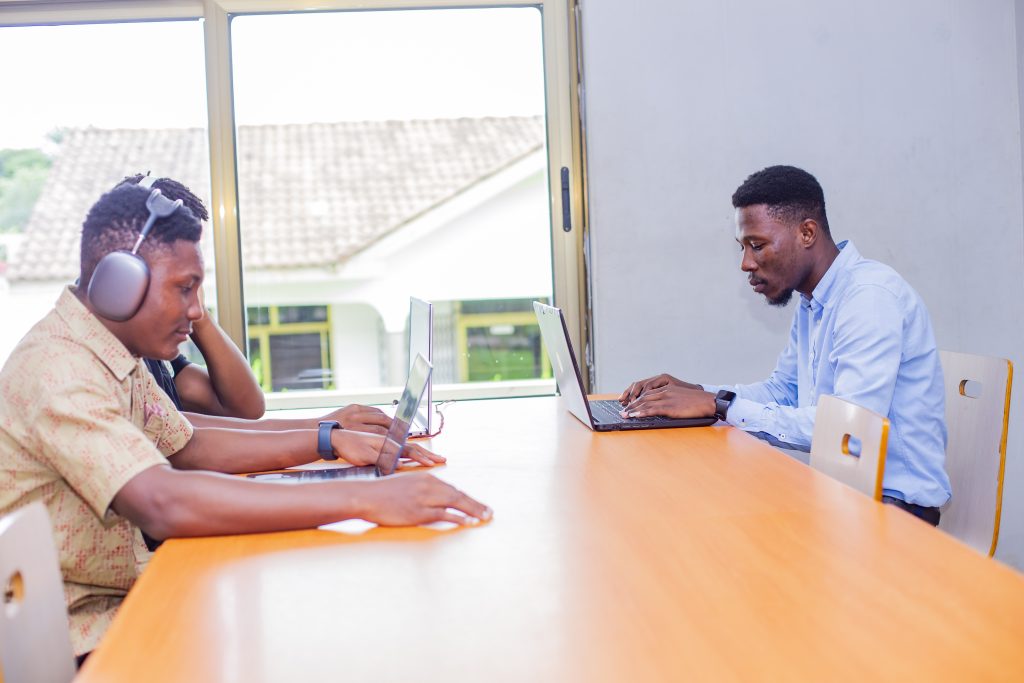- Virtual Reality (VR) transforms passive learning into active, three-dimensional experiences, greatly boosting student engagement.
- Immersive lessons in VR increase information retention by creating emotional and spatial memories associated with the content.
- VR technology makes abstract concepts tangible and allows students to safely practice skills in high-stakes or physically impossible scenarios.
- Successful VR integration requires educators to strategically link the virtual experience to core curriculum objectives and follow-up activities.
Education Beyond the Textbook
The traditional classroom is undergoing a major shift. Technology is moving past static screens and entering a realm of deep immersion. Virtual Reality (VR) in education is no longer a futuristic concept; it is a practical tool that allows students to step inside a lesson. VR creates immersive learning experiences that make abstract concepts, distant locations, and complex systems immediately real. By stimulating senses and demanding interaction, VR radically improves student engagement and long-term memory. This article provides actionable strategies for educators and parents to effectively use VR technology to transform learning from a spectator sport into a personal adventure.
Why Immersive Lessons Work
The effectiveness of virtual reality in enhancing learning is rooted in cognitive science. VR exploits the brain’s natural tendency to remember experiences, not just facts.
1. Creating Contextual and Spatial Memory
The human brain excels at remembering where things happened. When students learn about the Roman Colosseum while “standing” inside a virtual reconstruction, they attach the information to a spatial memory.
- Actionable Strategy: In a history class, use a VR tour to walk through ancient Athens. Ask students to identify specific architectural elements and explain their function from their virtual viewpoint. This contextual immersion makes the content immediately more memorable than seeing a flat picture.
2. Boosting Engagement and Motivation
The novelty and interactive nature of a VR lesson naturally capture student attention, reducing the common problem of classroom disinterest.
- Actionable Strategy: Use a VR science lab to conduct experiments that would be too dangerous or too expensive to perform in person, such as mixing volatile chemicals or dissecting a complex virtual model. The safety and novelty keep engagement levels high, focusing attention on the scientific process.
3. Making the Abstract Tangible
Many complex subjects, such as cell biology, fluid dynamics, or astronomical scales, are difficult to visualize on a 2D surface. VR allows students to shrink down or scale up to truly grasp the relationships between components.
- Actionable Strategy: For a biology lesson, use VR to shrink the class down to the size of a molecule, allowing them to walk inside a human cell and observe the organelles working in real-time. This tangible experience greatly aids in the understanding of complex biological systems.

Practical VR Integration Strategies
Effective use of VR is about pedagogy, not just hardware. The technology must serve the learning objective.
1. Establish Clear Pre- and Post-VR Activities
VR should be a bridge, not the entire lesson. Preparation and follow-up are essential for solidifying learning.
- Actionable Strategy: Before the VR session, provide students with a specific task sheet or a list of questions to answer. This focused preparation directs their attention during the virtual experience. After the session, require a debriefing activity, such as a journal entry, a discussion comparing the virtual world to the real world, or a writing assignment on their “travelogue.”
2. Use VR for Empathy and Perspective
VR is uniquely capable of placing the user into another person’s shoes, making it a powerful tool for social and emotional learning.
- Actionable Strategy: In social studies or literature, use VR experiences that simulate life in a different culture, historical period, or environment. This deep immersion builds empathy by forcing students to directly encounter and respond to unfamiliar perspectives and challenges.
3. Start Simple with Existing Resources
You do not need a full room of expensive headsets to begin. Many simple, affordable options exist to start leveraging VR’s potential.
- Actionable Strategy: Begin with simple cardboard viewers and a smartphone. Many free or low-cost apps offer panoramic tours of historical sites, space exploration, and anatomical views. This low-cost entry point allows teachers to test integration methods before committing to large-scale investment.
Final Thoughts
Leveraging Virtual Reality for immersive lessons is an opportunity to cultivate both curiosity and self-discipline. It requires the student to practice the discipline of focused attention in a multi-sensory environment, and the educator to maintain the discipline of strategic curriculum design. By making learning an active, memorable experience, VR not only boosts academic retention but also helps create self-directed learners who are prepared to explore and understand the complex world around them.
Frequently Asked Questions (FAQs)
Q: Is VR safe for all students? A: Most modern VR technology is designed to be safe. However, educators should monitor students for motion sickness and ensure that usage sessions are kept short (10-15 minutes) to avoid eye strain.
Q: Does VR replace the need for field trips? A: No. VR is an excellent supplement that allows students to access impossible locations (like the surface of Mars or a microscopic cell), but it cannot replace the multisensory learning and social interactions of a real-world field trip.
Q: What is the difference between VR and Augmented Reality (AR)? A: Virtual Reality (VR) replaces the user’s real-world environment with a completely simulated, computer-generated one (e.g., being fully immersed in a headset). Augmented Reality (AR) overlays digital information onto the user’s real-world environment (e.g., using a phone camera to see a 3D model of a heart floating above a textbook).
Q: How can parents use VR for home learning? A: Parents can use simple VR setups to take “virtual family trips” to museums or national parks. This allows for shared learning and discussion that ties educational content to family time, making learning fun and engaging.
